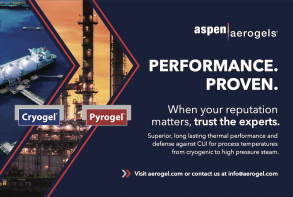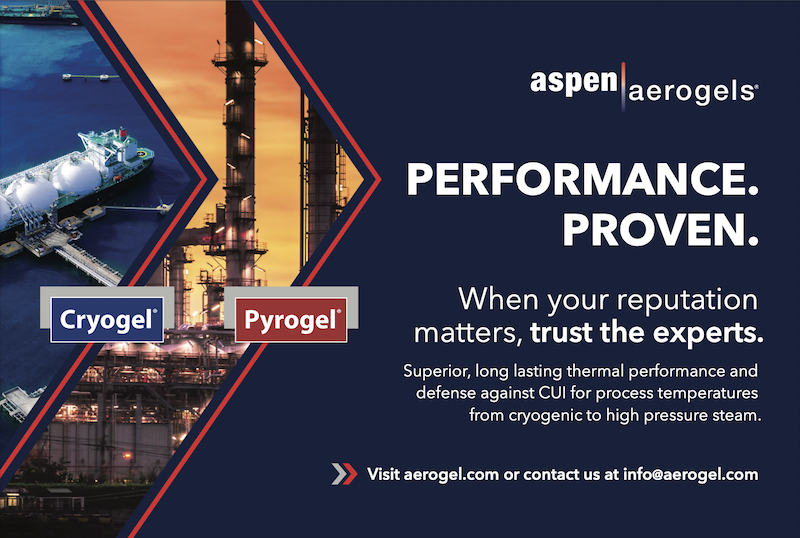Introduction
Pressure testing is intended to be a nondestructive method to verify mechanical integrity of metallic and non-metallic objects such as pressure vessels and piping systems. When pressure tested, the object is subjected to a high enough internal pressure under controlled conditions so as to demonstrate the ability to contain pressure without leaking, thereby inferring mechanical integrity. Pressure testing is required by various codes for a new pressure system before use, or an existing pressure system after fabrication and repair to ensure that a pressure vessel or piping system can perform at its rated pressure with no leaks. Pressure tests are performed either with liquid/water (hydrostatic), or with gas (pneumatic). The most widely used codes for pressure and leak testing are ASME B31 Pressure Piping Code and the ASME Boiler and Pressure Vessel Code [1].
It is important to note that passing a pressure test only affirms that the part under test is not leaking during the test. It is not necessarily indicative of overall mechanical integrity, nor future conditions and performance.
Pressure Testing Methods
In the oil and gas petrochemical industries, there are two common pressure testing methods: hydrostatic testing and pneumatic testing. Hydrostatic testing is the most often used method for system integrity or leak-testing, which has lower safety restrictions than pneumatic testing. In addition, water is considered safer than air because it is nearly incompressible and therefore contains much less stored energy as compared to pneumatic testing. In other words, the required work to compress water at a specific pressure in a piping system is significantly less than the required work to compress air at the same pressure [2]. The implementation of hydrostatic testing and pneumatic testing methods are described below.
Hydrotest Method
In a hydrostatic test, the system being tested is filled with water or other non-hazardous liquid (if allowed by applicable code) and pressurized gradually until the required test pressure is reached. Upon reaching the test pressure, the system under pressure test is held for a suitable time but not less than the minimum time specified by the applicable code, and then visually checked for leakage using calibrated pressure gauges with visual inspection. In the case of no leakage or pressure drop, a hydrostatic test is considered acceptable [3].
Normally, the hydrotest pressure is 1.5 times the design pressure of the system, unless limited by flanges, valves, or other component in the system. The hydrostatic strength test pressure for every system should produce a hoop stress of 90% of the specified minimum yield strength (SMYS) at the test temperature. Moreover, the test pressure duration usually takes at least 30 minutes for aboveground tested systems and 2 hours for exposed underground systems to determine that there are no leaks.





















Comments and Discussion
There are no comments yet.
Add a Comment
Please log in or register to participate in comments and discussions.